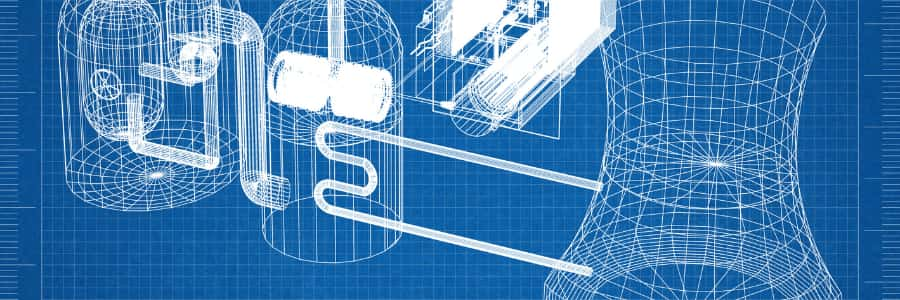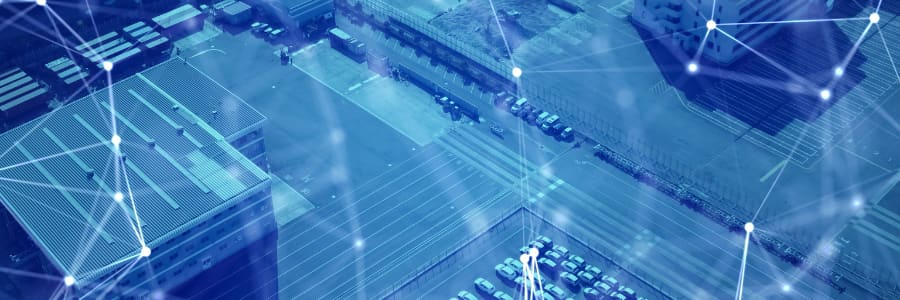Virtual power plants, distributed energy resources (DERs), DERMS, and EVs are among the technologies defining the future of energy. Each is set for explosive growth, which presents challenges and opportunities for utilities and energy companies.
The 2024 market forecast for virtual power plants (VPPs) is US$2.1 billion. The next ten years will see a sevenfold market size increase to US$18.8 billion.
Virtual power plants’ ability to tie decentralised energy resources together lies at the heart of market development. They present part of the answer for energy companies and utilities looking to make solar panels, wind farms, electric vehicles (EVs), and battery storage systems act as cohesive units.

A virtual power plant is a distributed energy resource (DER) network in which resources are pooled together as one “power plant unit.”
In this way, VPPs enable flexible control with DERs, which helps balance energy supply and demand on a large scale.
DERs can include various assets, including solar panels, battery storage, electric vehicles and their chargers, and smart thermostats.
A VPP can adjust different parts of the collection of DERs under its control to increase energy and grid flexibility by adjusting energy production or use. In this way, VPPs can help utilities reduce dependence on fossil fuel-based plants.
Unlike traditional power plants that operate out of a single physical location, VPPs’ assets are spread across different locations. They are integrated through advanced software and communication technologies to function as one unit.

At its core, a VPP uses IoT (Internet of Things) technology to monitor, control, and optimise the performance and use of DERs. It uses real-time signals and historical data from individual DER parts to create a clear image of the current and coming energy production and use.
By pooling and controlling DER resources, the virtual power plants help the broader energy grid and utilities manage energy supply and demand more effectively.
For example, a VPP can draw energy from battery energy storage units when electricity demand surges instead of firing up a fossil-fuelled backup “peaker plant.” The latter option is both more expensive and polluting.
This type of two-way communication is a central feature of VPPs. Through secure, encrypted data exchanges, VPPs monitor the performance of connected assets and send control commands based on utility and user needs. This includes adjusting the output of solar panels, managing the charging and discharging of batteries, and even ramping up or down the consumption of power-hungry appliances like HVAC systems.
The result is a dynamic, real-time balancing of supply and demand that helps mitigate grid risks and improve overall energy system efficiency.

A VPP is composed of various DERs that, when aggregated, form a virtual power generation system. The most common components include:

While virtual power plants offer many advantages for utilities, there are several challenges to their deployment and integration, including:
Utilities and energy companies that find ways of using VPPs stand to gain a multitude of benefits that extend to their consumers. Key advantages include:

Several real-world projects showcase the vast potential that VPPs have to transform the energy landscape:

As the energy industry evolves, so too does the role of VPPs. Several trends are shaping the future of virtual power plants: